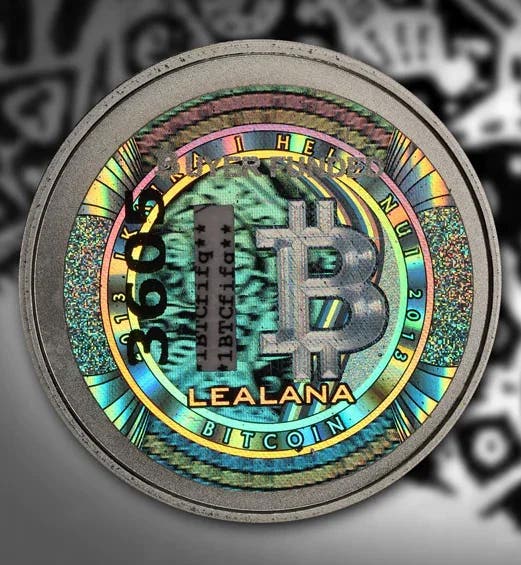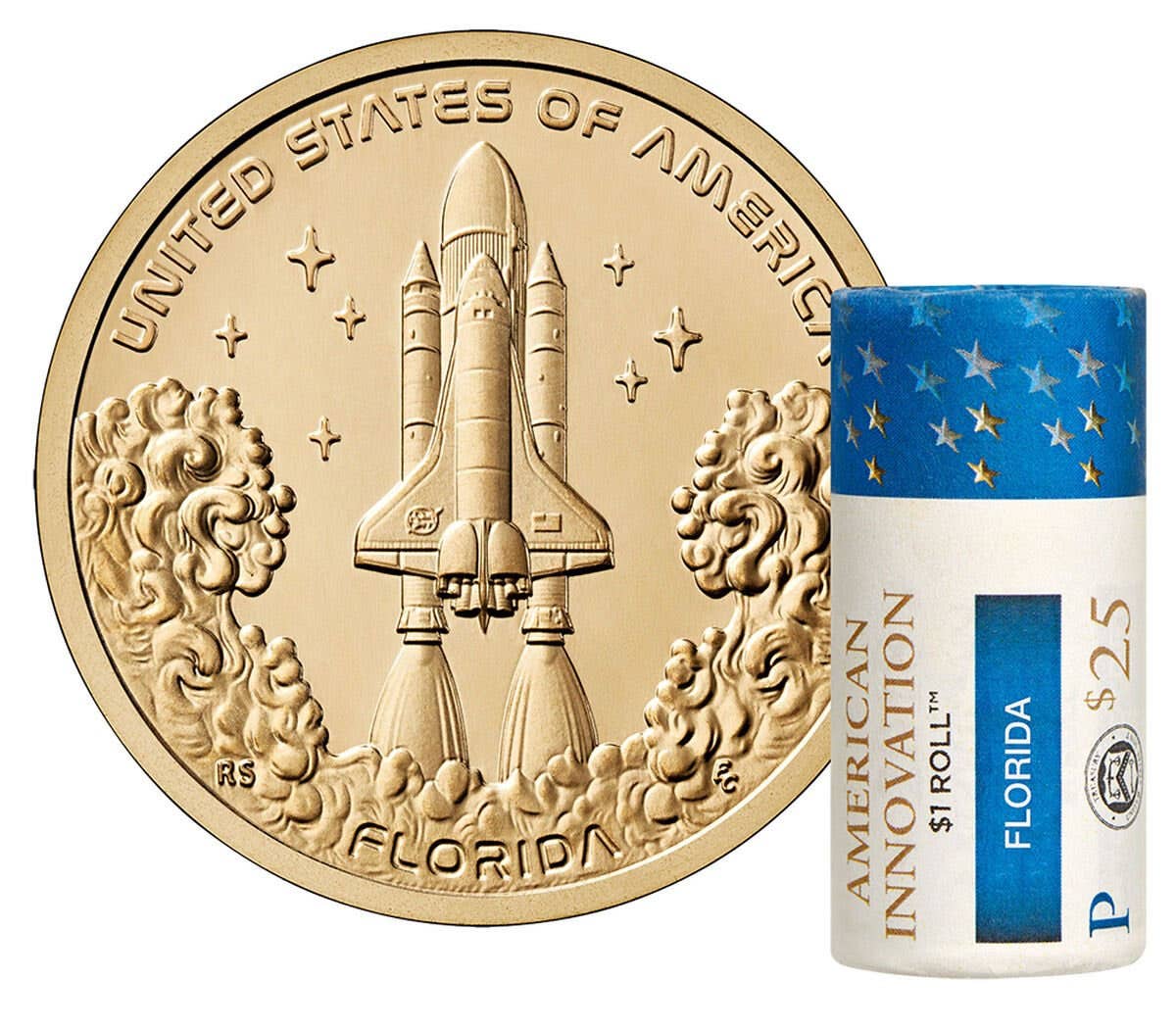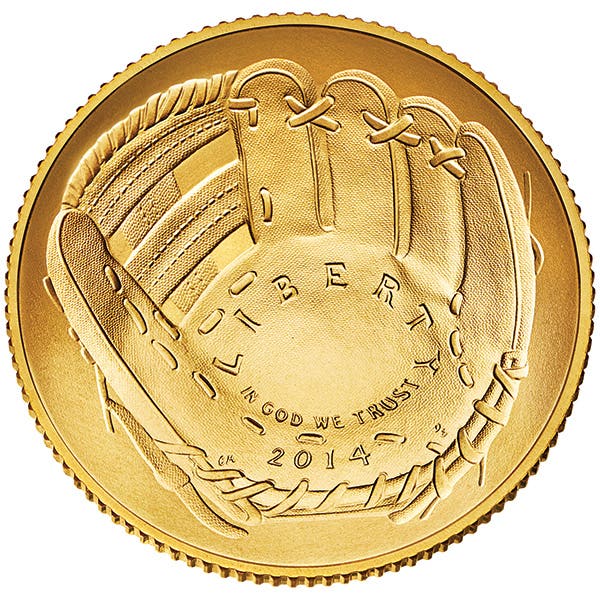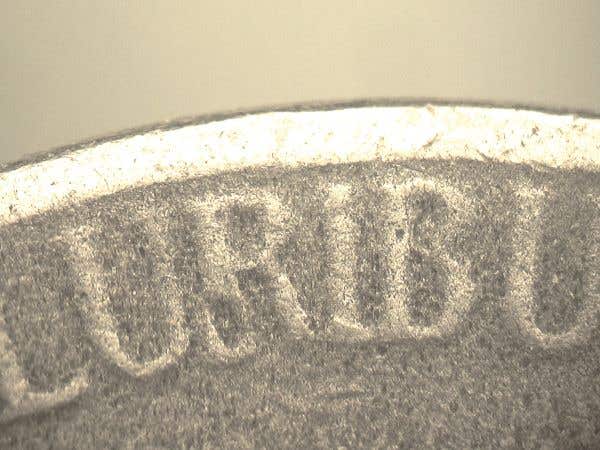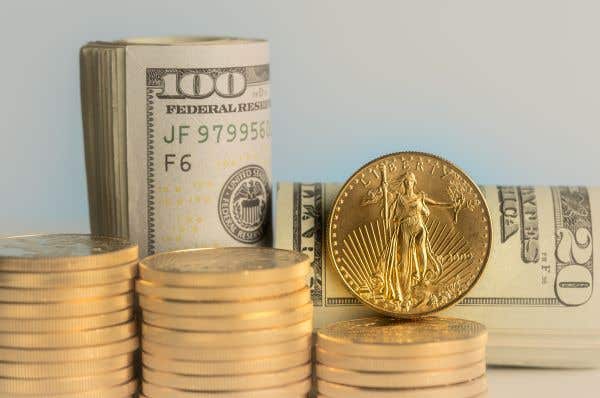Viewpoint: Circulating Lincoln cents analyzed
Throughout history, coins have been hoarded for various reasons. At times, some of these hoards have survived long enough to be studied and present a glimpse of what coins were in circulation at a given time.
By Jason Midyette
Throughout history, coins have been hoarded for various reasons. At times, some of these hoards have survived long enough to be studied and present a glimpse of what coins were in circulation at a given time. Of course, an historic hoard may present a slanted view of what coins circulated as the hoarder’s motives for saving particular coins may not be known.
Thinking along those lines, I became curious as to what the make-up of the Lincoln cents currently in circulation was and what might be learned from examining a group of them. On Sept. 17, I obtained 1,000 cents from the Exchange National Bank in Atchison, Kan., and sorted through them.
The results were quite interesting:
– Dates ranged between 1959 and 2013 (no wheat cents)
– Of the 125 date and mintmark varieties produced since 1959 (including the seven 1982 varieties and the four reverse designs produced in 2009), 103 or 86 percent were present in the sample.
– Coins from all three mints were found.
– Average grade of the sample was Almost Uncirculated.
– The lowest grade coin found graded VF-20. Only two coins, a 1960 and a 1962 were found in this grade. The other 995 graded EF-40 or above.
– The earliest dated uncirculated coin found was dated 1961.
– Three non-U.S. coins were found; two Canadian cents and a Belgian 2 euro cent.
Date distribution was as follows:
1959 -1969 – 51 (5 percent)
1970 -1979 – 141 (14 percent)
1980-1989 – 204 (20 percent)
1990-1999 – 261 (26 percent)
2000-2009 – 292 (29 percent)
2010-2013 – 48 (5 percent)
230 or 23 percent of the coins were copper (pre-1982)
- Three non-U.S. coins were found; two Canadian cents and a Belgian 2 euro cent.
Based upon the overall condition and date range of the sample, it can be reasonably concluded that the cent does not circulate to any great degree and has not for quite some time. While well-worn (G-4 and below) Indian cents and early Wheat cents are plentiful, as a result of their being in circulation for 30 to 50 years, an AG-3 1963 or 1964 Memorial cent would appear to be somewhat of a rarity, despite seeing half a century of circulation.
The reason behind this can be summed up in one word – inflation. Inflation is the devaluation over time that is a component of all fiat currencies, that is all currencies that have no real backing. Since 1971, when President Nixon suspended the ability to convert the U.S. dollar to gold, inflation has been an ever present factor in American life.
The United States Government uses the Consumer Price Index (CPI) to track inflation and through the Bureau of Labor Statistics website (www.bls.gov) offers an inflation calculator. Using the calculator, it is possible to track the devaluation of the dollar through time. For example, what cost 1 cent in 1940 costs 17 cents in 2013, 1 cent in 1960 equals 8 cents in 2013, 1 cent in 1970 equals 6 cents in 2013, 1 cent in 1990 equals 2 cents in 2013. In other terms, the U.S. dollar has lost half its purchasing power just since 1990 and in terms of purchasing power is worth just 1/17th of what it was prior to World War II.
When viewed in this light, it is easy to see why the cent does not circulate; it just does not have enough value to matter to most people. That said, since items are still priced in terms of cents, the 1 cent coin still serves a needed, though somewhat ephemeral purpose in today’s economy; making change for retail purposes.
The overall condition of the 1,000 coin sample shows that the 1 cent coin does not see heavy circulation. Most likely, the cent circulates as follows. It is made, shipped to a bank and then acquired by a merchant. The merchant issues the shiny new coin in change for a purchase. The recipient throws the coin in a change bucket at home or in the ashtray of their car. The coin then sits, for years or even decades, before it is returned to a bank and the process starts again.
The cent’s high mintage figures also speak to the fact that the coins are really a one use item. The last annual production of less than 1 billion coins took place in 1956. In 2006 over 8 billion were made and mintage has hovered around the 8 billion mark for the last 20-plus years. (Mintage figures are from the 2013 edition of the Guide Book of United States Coins.)
Thus, uncirculated cents that are 40 or even 50 years old are still plentiful in circulation today and will most likely remain so as long as the cent remains in production.
This “Viewpoint” was written by Jason Midyette, a hobbyist from Kansas.
To have your opinion considered for Viewpoint, write to David C. Harper, Editor, Numismatic News, 700 E. State St., Iola, WI 54990. Send email to david.harper@fwmedia.com.
More Coin Collecting Resources:
• Strike it rich with this U.S. coins value pack.
• Get the 2012 Coin of the Year – limited quantities remain!
• Build an impressive collection with Coin Collecting 101.
• IT’S HERE! Order the 2014 North American Coins & Prices.




